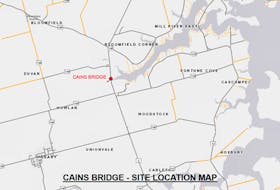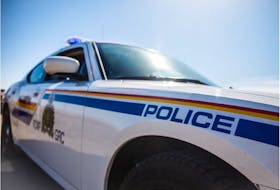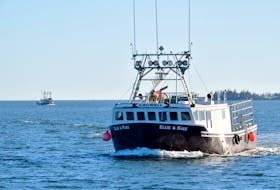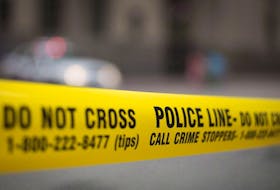In 2017, more than 222 incidents relating to the railway occurred in Canada, resulting in 72 fatalities and 44 serious injuries.
CNPS encourages all drivers and pedestrians to use caution around railroad crossings and to always obey all crossing warning signs and lights. If you see tracks, think train!
Note that walking on railway property is illegal under both the Railway Safety Act of Canada and the Nova Scotia Protection of Property Act. In Nova Scotia, a $237.50 ticket is issued to those found trespassing on railway property.
Driving safety tips
Trains and cars do not mix. Never race a train to the crossing — even if you tie, you lose.
The train you see is closer and moving faster than you think. If you see a train approaching, wait for it to go by before you proceed across the tracks.
Be aware that trains cannot stop quickly. Even if the locomotive engineer sees you, a freight train can take 1.5 kilometres or more to stop. That’s 18 football fields.
Never drive around lowered gates — it is illegal and extremely dangerous. If you suspect a signal is malfunctioning, call the 1-800 number posted on or near the crossing signal or contact your local law enforcement agency.
Do not get trapped on the tracks. Proceed through a highway-rail grade crossing only if you are sure you can completely clear the crossing without stopping. Remember, the train is much wider than the tracks on both sides.
If your vehicle ever stalls on a track with a train coming, exit the vehicle immediately and move quickly away from the tracks in the direction from which the train is coming. Moving away from the tracks in the direction from which the train is coming can lessen your chance of being stuck by debris after your vehicle is struck by the train. Call your local law enforcement agency for assistance.
At a multiple track crossing waiting for a train to pass, watch out for a second train on the other tracks, approaching from either direction.
When you need to cross train tracks, go to a designated crossing and look both ways. If no trains are coming, cross the tracks quickly, without stopping. Do not stop closer than four metres from a track.









